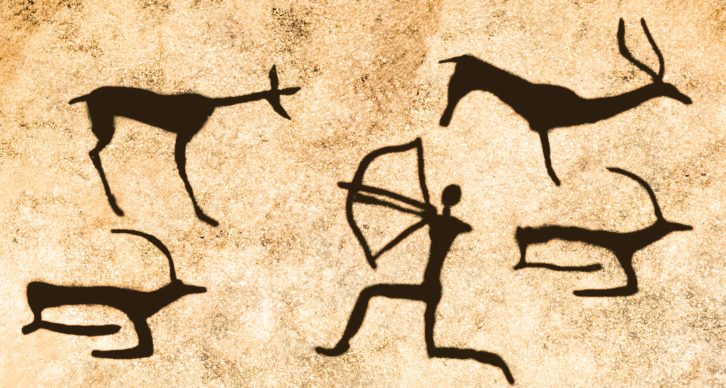
I recently had the privilege of speaking to a group of six- and seven-year old’s in my granddaughter’s grade 1 class. The topic was what it was like when I was growing up. One bit of trivia I relayed to them was that doonas had not been invented when I was a kid. I asked them how they thought we kept warm? Their answers were surprising. “Did you light a fire?” one student asked. “Did you use animal skins?” said another. The teacher pointed out that they must have decided that I came from the caveman era! I am sure there will be some readers ready to let me know that they already knew that.
The experience of being with these wondrous minds was a timely reminder to me of the value of knowing your audience. It is all too easy to assume that people have a level of knowledge on the topic that they simply do not have. More so, if it is one of our favourite subjects; in my case, me! We forget that we have been immersed in our topic, thoroughly researched it, as well as written and spoken about it at length.
Knowing your audience is not just a party trick for formal presentations. It applies to meetings, one-on-one conversations, written communication, corridor chats or dinner table conversations. Knowing how your audience views the world is the first step to taking them on a new path with you.
There are plenty of books and communication gurus to guide you in how to best impart your message, but there is not much emphasis on getting into your audience’s world. Who specifically are they? How do they see things right now regarding your topic? What is in it for them to do what you want them to do?
On reflection, I could have asked the first graders more questions to reveal how they understood the ‘olden days,’ before launching into my examples.
Similarly, the value of listening before speaking is greatly underrated in leadership. Leaders need the capacity to understand where their audience is coming from.
In his book, Deep Listening – Impact Beyond Words, Oscar Trimboli suggests that,” Only 2% of people are taught how to listen. Congratulations if you are part of the 2%. For the other 98% of us, we must relearn what is our birth right – how to listen so that we can make an impact beyond just the words we hear.”
By the way, my granddaughter was not too embarrassed about my caveman status to give me a big hug of appreciation in front of her classmates at the end of my session. Better than a standing ovation!
How do you discover how people view the world?
Best regards, Brian
Click here to grab your copy of Leadership Is Changing the Game – The Transition from Technical Expert to Leader
